“Remold” is a series of data-led furniture. Starting from the design of 3D object models with elementary forms, almost archetypal (chair, armchair, stool, side table, console table, etc.), the process consists essentially in the application of deformation-conformation parameters on their respective 3D polygon mesh according to particular transliteration1 rules of various datasets: in sum, at each vertex of a 3D model is connected, associated a data point which determines its deflections since its original XYZ position. Printed2 in PLA material3, 238—2019 EM represents an occurrence of chair (238e) included in a combinatory system of 500 generations. Its ‘global’ shape or its appearance (at the crossroads of a depiction and a single result of a formal transcription system) reflects, in this precise case, a set of selected financial, social, and environmental data4 [see below the list of data variables] covering the France’s situation over the past two years (2017—2018), that is to say during the first two years of the Emmanuel Macron’s presidency (EM). As a substitution for the stylish furnishings that have formed the imprints, the marks of past eras, also the signatures of illustrious kings and emperors (e.g. the Renaissance style, the Louis XIII and XIV styles, the Regence style, the Louis XV style, the Transition and Louis XVI styles, the Directoire style, the Empire style, etc.),“Remold” proposes transitory5 and ephemeral creations which materialize, fossilize the data relating to a given period (seen as key informational markers) in a range of ‘domestic’ forms6. Seizing, capturing thus what changes, often evolves slowly, finely over time, each piece of Remold furniture7 represents, in some sense, the trace, the “stilus” of major facts, events and realities, arising within the contemporary times, that sometimes follow, sometimes replace.
1. Transcription, “conversion” from one sign (or writing) system into another.
2. Through the use of a BigRep One v3 printer.
3. A bioplastic made from the sugars in corn starch.
4. From official data sources such as the World Bank, the IMF, the OECD, The French National Institute of Statistics and Economic Studies (INSEE), the UNDP, the WCRP, and so on.
5. Degradable, compostable in an industrial environment.
6. See the pop form. at. fr. domesche, adj. “Tame” circa 1220.
7. Introducing a new characterization or title instead of national furniture: furniture of general interest.
« Remold » est une série de mobiliers façonnés à partir de données. Partant de la conception de modèles 3D d’objets aux formes élémentaires, presque archétypales (chaise, fauteuil, tabouret, table d’appoint, console, etc.), le process consiste essentiellement en l’application de paramètres de déformation-conformation de leur maillage polygonal 3D (mesh) suivant des règles particulières de translittération1 de divers jeux de données : en somme, à chaque sommet (vertex) d’un modèle 3D est relié, associé un point de donnée (data point) lequel déterminant ses déflexions depuis son positionnement d’origine en XYZ. Imprimé2 en PLA3, 238—2019 EM représente une des occurrences de chaise (238e) comprise au sein d’une combinatoire de 500 générations. Sa forme ‘globale’, soit son apparence, compose ici le reflet (entre représentation et transcription formelle) de données de nature financière, sociale et environnementale4 [voir la liste des variables] relatives à la situation de la France au cours de la période 2017—2018, soit durant les deux premières années du quinquennat du président Emmanuel Macron (EM). Aux mobiliers de style qui eurent formé l’empreinte, la marque d’une époque, également la signature des rois et empereurs (cf. les styles Renaissance, Louis XIII, XIV, Régence, Louis XV, Transition et Louis XVI, Directoire, Empire, etc.),« Remold » propose de substituer des créations proprement transitoires, éphémères5 matérialisant, fossilisant dans des formes ‘domestiques’6, certains des marqueurs informationnels numériques clés d’une période donnée. Saisissant, capturant ainsi ce qui change, évolue et se transforme souvent lentement, finement dans le temps, chaque pièce mobilière Remold7 se fait en quelque sorte la trace, le poinçon (stilus) de faits, évènements et réalités, tous constitutifs des temps contemporains, qui à défaut de se succéder, certaines fois se suppléent.
1. Transcription d’un régime de signe en un autre régime de signe ou, en d’autres mots, ‘conversion’ d’un système d’écriture en un autre système.
2. Via l’utilisation d’une imprimante BigRep One.
3. Matière bioplastique obtenue à partir d’amidon de maïs.
4. En provenance de la banque mondiale, du FMI, de l’INSEE, de l’OCDE, du PNUD, le PMRC, etc.
5. Dégradables, compostables en milieu industriel.
6. Cf. la forme pop. a. fr. domesche, adj. « apprivoisé » circa 1220.
7. Enjoignant à une caractérisation autre que celle de mobilier national, celle de : mobilier d’intérêt général.
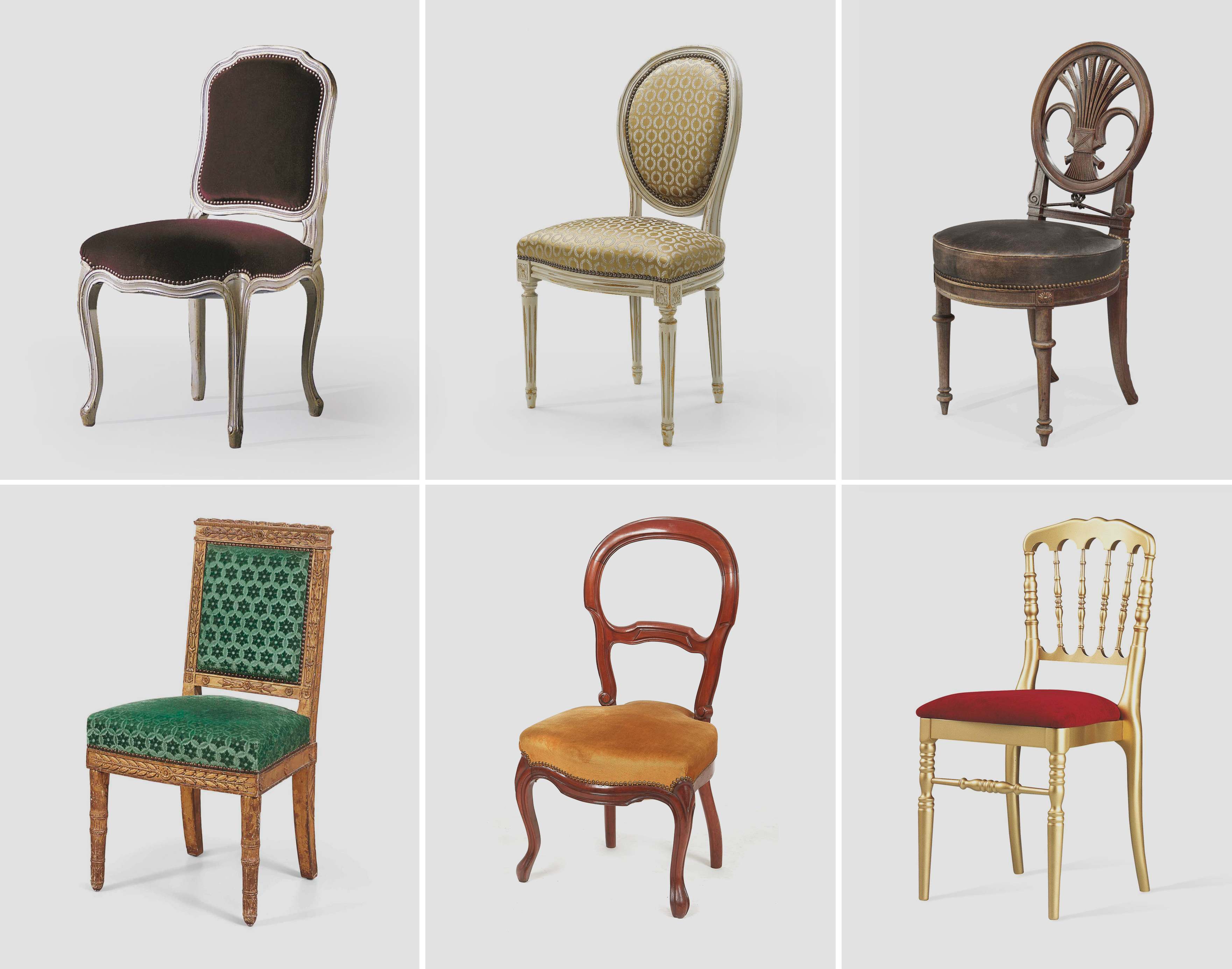
Few examples of famous classic french style chairs: louis xv and xvi, directoire, empire, philippe, napoléon.
238—2019 EM
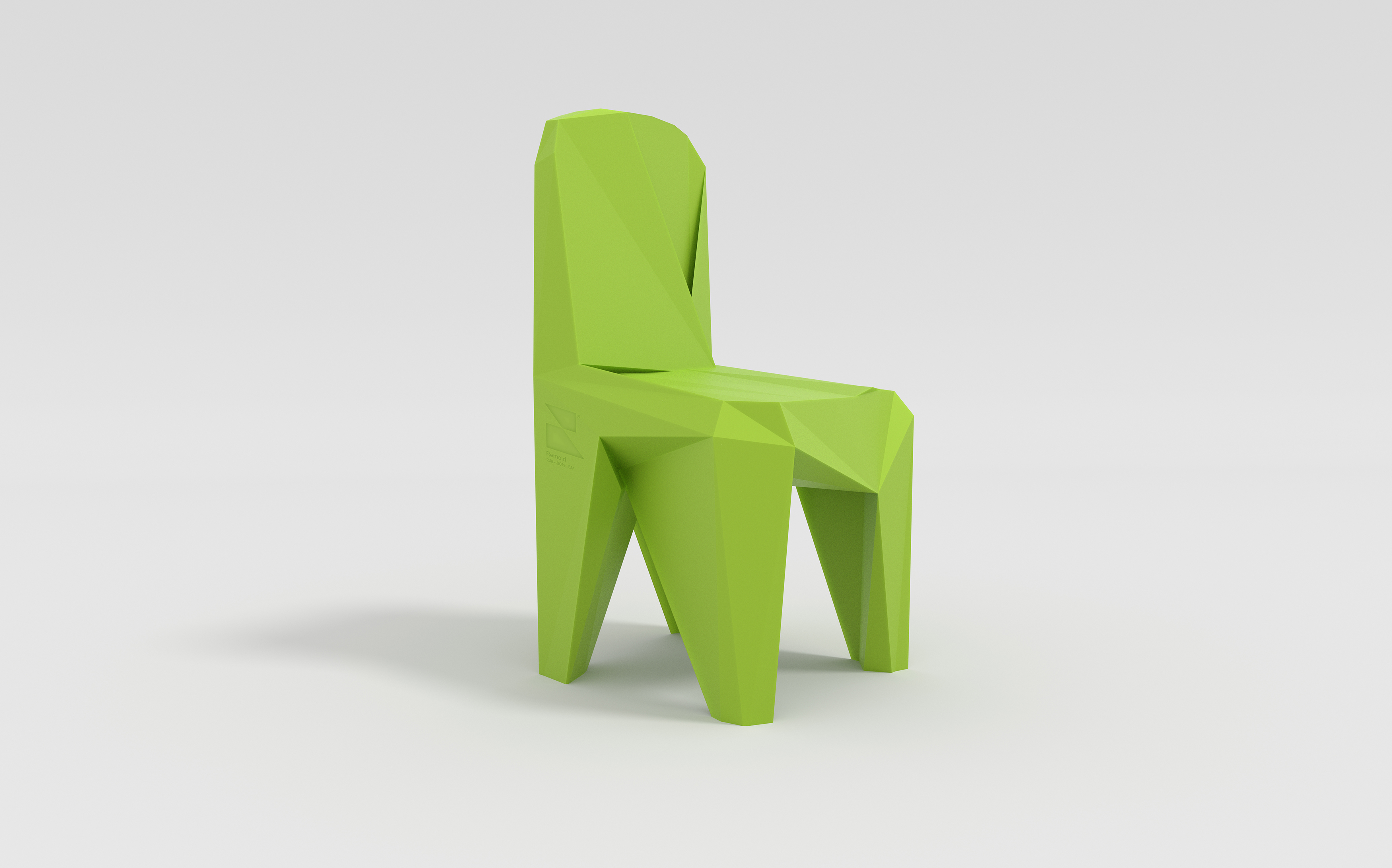
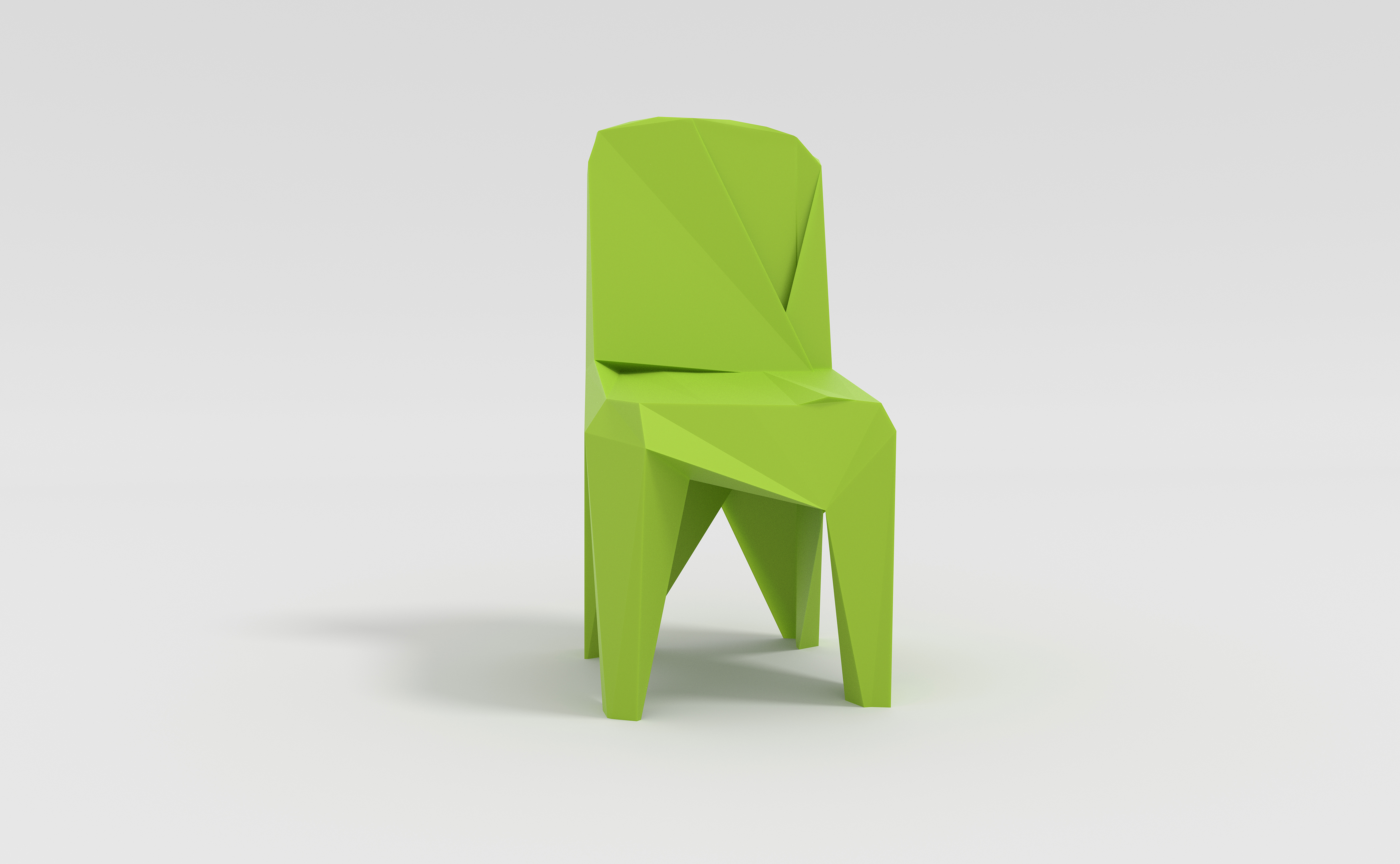
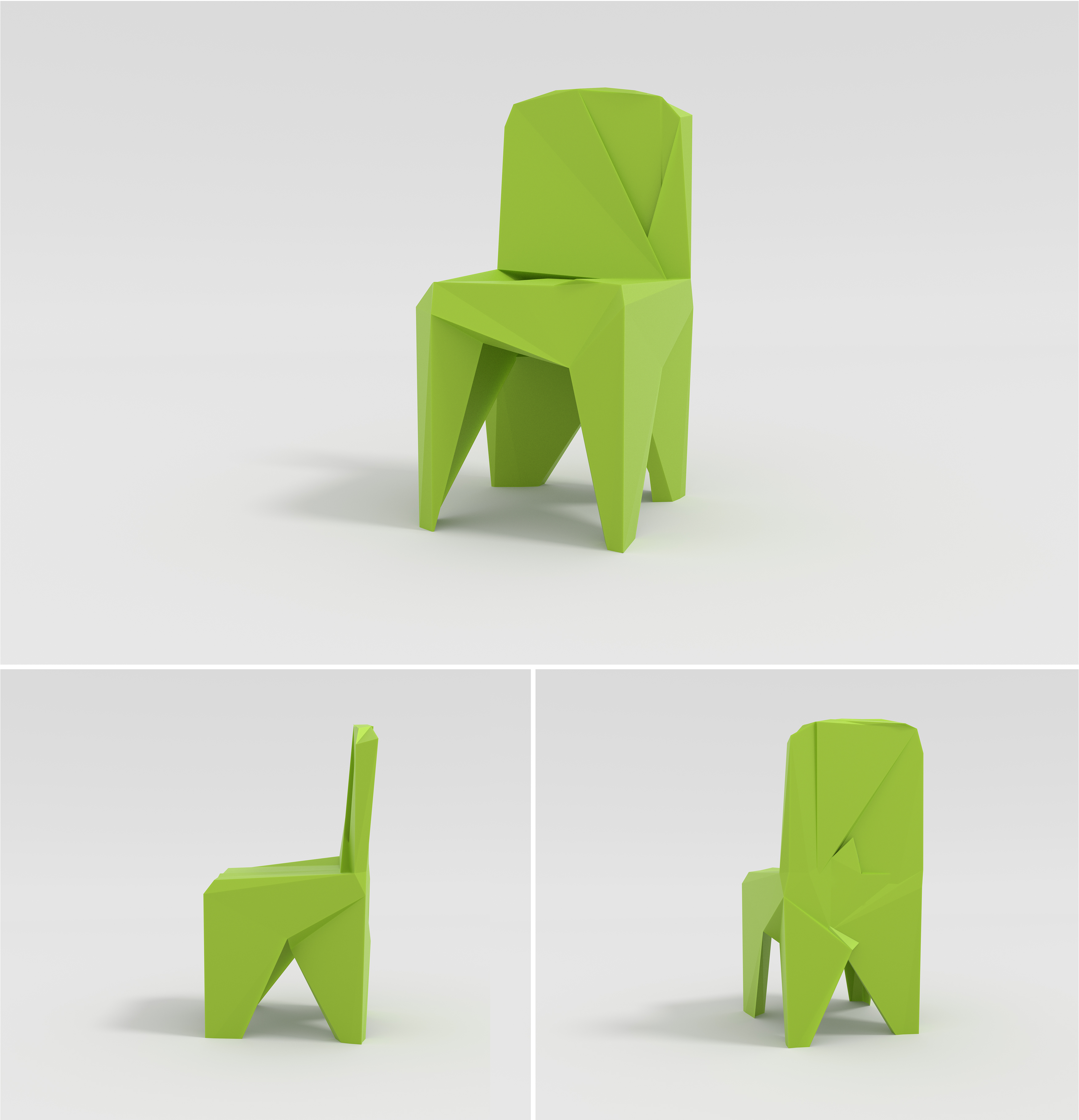
A mixed dataset for 2017-2018
This Remold chair (238—2019 EM) is a first ‘attempt’ to materially depict as well as to ‘symbolize’ the early Emmanuel Macron time. Based on a specific parametric design approach, the initial and primitive shape of the chair will here constantly evolve over time related to 17 data variables—the data used is retrieved from The World Bank, The Organisation for Economic Co-operation and Development (OECD), The United Nations Development Programme (UNDP), The Human Development Report (HDR), The World Economic Forum, The Global Carbon Project (GCP), The World Climate Research Programme (WCRP), The Yale Center for Environmental Law & Policy, The French National Institute of Statistics and Economic Studies (INSEE), and The French National Institute responsible for environmental risks (INERIS).
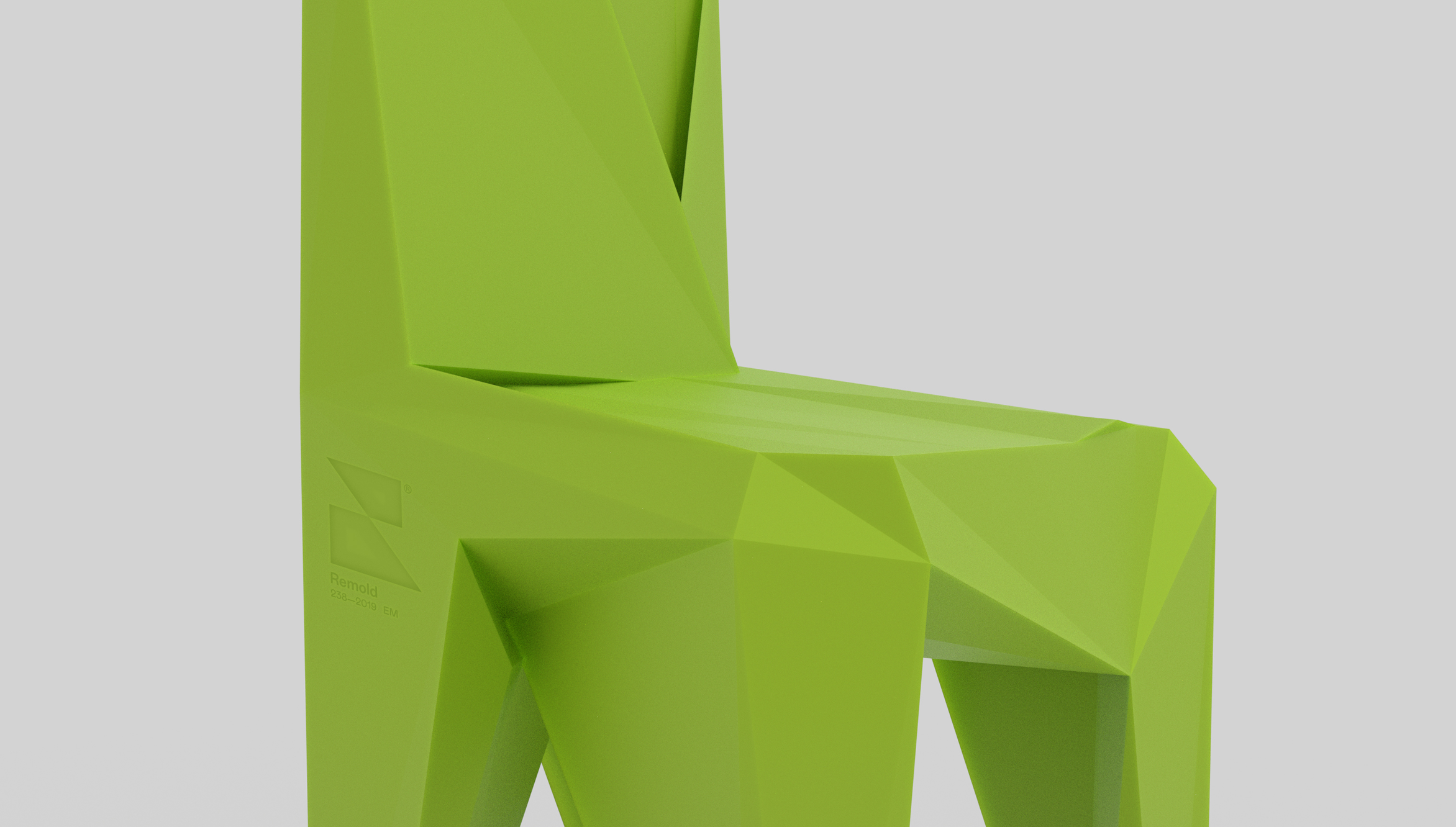
The 17 data variables are:
**Financial data (7 variables)**: GDP (current US$); Trade (% of GDP); GNI per capita, Atlas method (current US$); Inflation—Consumer Price Index—CPI (% of annual growth rate); Public Debt (% of GDP); Households Debt (% of disposable income); Current Taxes (% change).
**Social data (5 variables)**: Index of Human Development—IHD (0 to 1); Life expectancy at birth (T, Years); Gender Equality—Global Gender Gap Index—GGGI (0 to 1); Unemployment, total (% of total labor force); Poverty headcount ratio at $5.50 a day (% of Population).
**Environmental data (4 variables)**: Environmental Performance Index—EPI (0 to 100); CO2 emissions (metric tons per capita); Air Quality Index—AQI (0 to 10), December, 31, 2017—2018, Paris; Municipal waste (kilograms per capita).
For each data variable, a relative variation is calculated based on 2 data taken over a 2-year time interval (2017-2018) = (V*2018-V*2017)/V*2017.

As mentionned earlier, the data design process starts with a primitive shape, a basic 3D model (made of 7128 vertex, 4851 faces, and 14355 triangles) that will be reformed/deformed/transformed (the feet, the backrest and seat) through algorithms. To do so, I have used (and dynamicaly adapted) blend shapes/shape keys (values = -1.0 to 1.0 / -3.0 to 3.0) offering to distribute the data points in all the global structure of the object defined by the mesh.

A Data Materialisation thematic conference at The Centre Pompidou (06/11/2019): “Parole au design” organized by Romain Lacroix (and directed by DDC / J-M Colard). “Carte Blanche à David Bihanic” with the following guest speakers: Caroline Goulard from DataVeyes data design agency, Stéphane Buellet from Chevalvert design studio, and Martial Geoffre-Rouland, freelance designer-programmer.
This project was designed and coded by David Bihanic (2019).
To mention: David Bihanic, “Remold furniture”, Since November 2019.